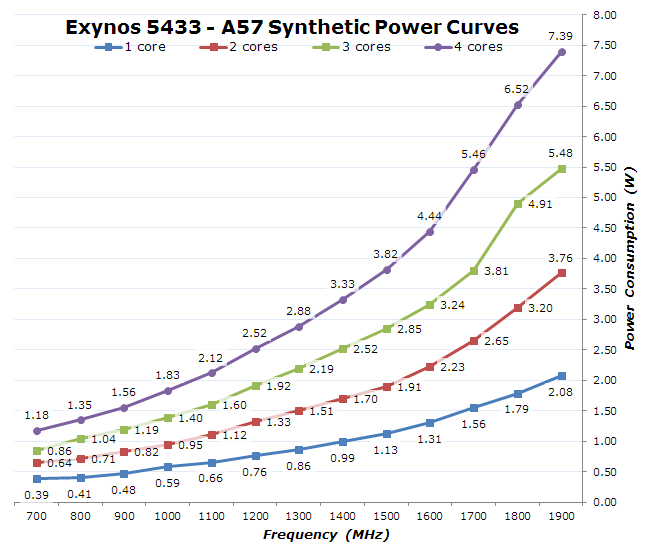People seem to have way too high expectations towards mobile devices.
I can't help but feel like this is an unfair statement, at least if it's directed to this forum/discussion.
Someone please correct me if I'm wrong, but I don't know of anyone here who said they were expecting a mobile device to match the Xbone in performance.
I know people expected the NX to at least match the Xbone in performance if it was a home console, but that isn't a stretch at all.
Even when it was announced that the NX was a hybrid, I don't remember people saying they were expecting the console to surpass the Xbone, because the SoC is still cramped inside a (although very thick) tablet format.
Xbox One S (slim) is ~60 watts in gameplay. A mobile device of this size has to consume less than 10 watts (including display). Even less, if we assume 4 hour battery life (100% gameplay). It would be physically impossible to design a device that has 6x+ higher perf/watt than a die shrinked 20 nm console AP. Thus nobody should expect Nintendo Switch to match Xbox One S in performance.
(...)
1/3 perf of 60 watt console on a mobile device should be considered a good achievement, not a letdown.
@sebbbi aren't you mixing two different things here?
Unless the rumors are wrong and this part in the patents is unused, there are two power/performance profiles: one for docked and another for mobile.
You're saying 1/3rd the perf. of Xbone is good for a handheld and that would definitely be true, fantastic even. But that's not what the rumors are pointing at.
Eurogamer's clocks + 2 SM means the Switch is actually getting 12% the performance of the Xbone in handheld mode. 1/3rd the performance of Xbone is achieved in
docked mode, where power consumption constraints shouldn't really be that much different and we'd be looking solely at heat dissipation constraints.
1/3rd the performance of Xbone in "home console mode" is a real letdown, IMO.
These specs would make Switch around 2x faster than last gen consoles when docked and around equal to last gen consoles when handheld. Don't get me wrong. These are fantastic specs for an handheld device. Carrying Xbox 360 in your pocket is great. 720p was the most common last gen resolution.
They're really not great for a new handheld in tablet form.
The 2.5 year-old
Shield Tablet K1 seems to get PS360 performance with a ~2 hour battery life, practically without throttling. Limit the A15 cores to ~1.4GHz and it may hit the 3.5 hour mark that console makers have been after for their handhelds.
More recent SoCs like the Snapdragon 820, apple A9 or Exynos 8890 would probably beat the TK1 in gaming performance (even with throttling in mind for a tablet factor) and if they were paired with a similar battery they'd last quite a bit more. And they're not even gaming-oriented SoCs.
IMHO, there's really no valid perspective to think a 2 SM @ 300MHz GPU in a handheld is fantastic in early 2017. It would be fantastic in 2013/14, very good in 2015 and passable in 2016. But it's
not even good for 2017. If I had to guess, the 16FF Mediatek P30 for mid-low end handhelds will probably match that quite easily, and that too has a 2*32bit LPDDR4 controller.
It's fantastic if the console costs less than $200 and it gets all the 3DS devs onboard, but it might not be enough to justify the purchase of yet another platform. Plus, there's the chance that most 3DS owners are counting on something to wear inside a pocket, and parents may be wary to offer a tablet to their toddlers (whereas a shell format was much safer).
I guess someone with a Pixel C should just force the A57 cores to clock down to a fixed 1GHz, and see how long the tablet would last running the GFXBench battery test. Even better if they could also downclock the GPU to 768 and 300MHz as well.


